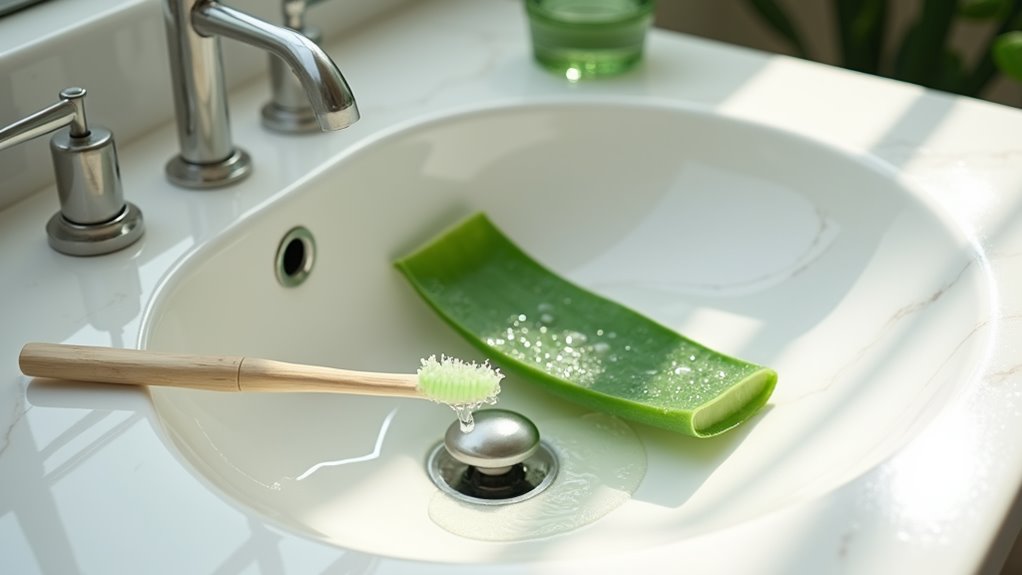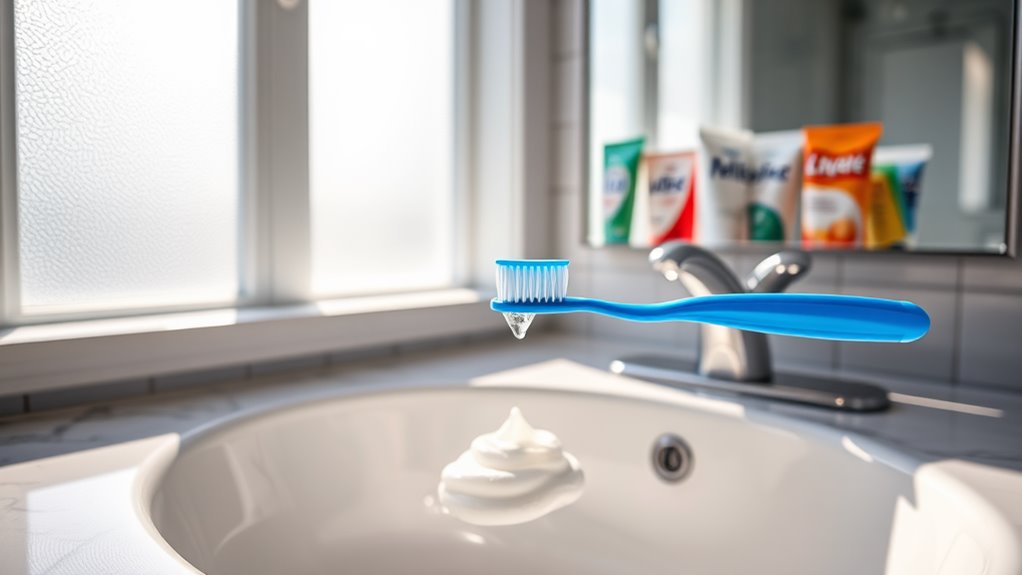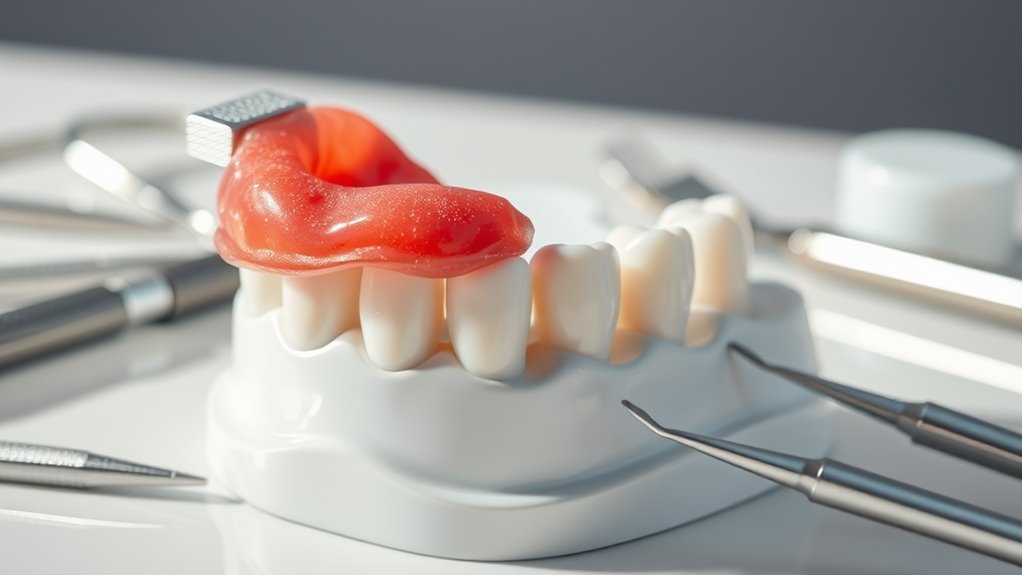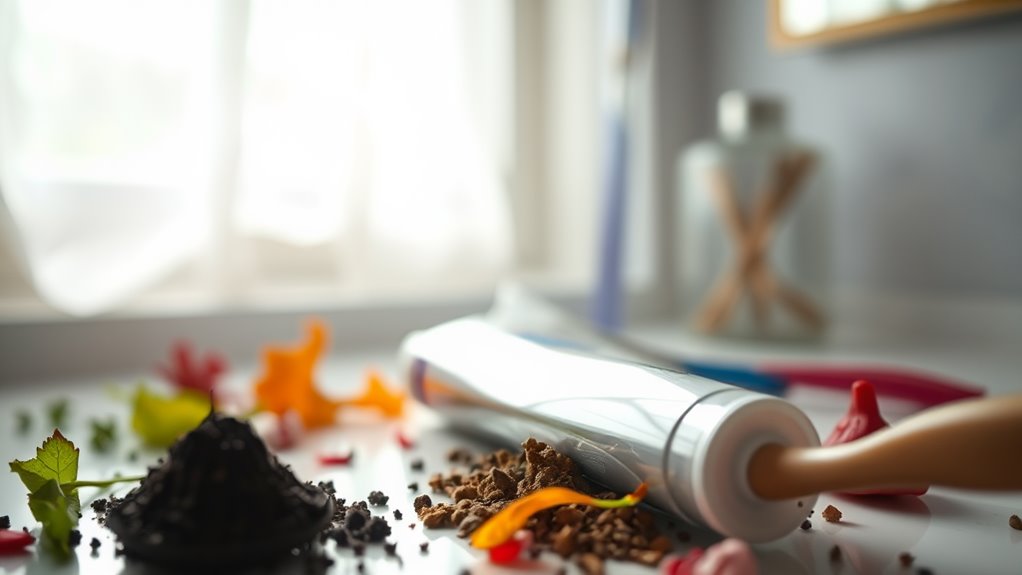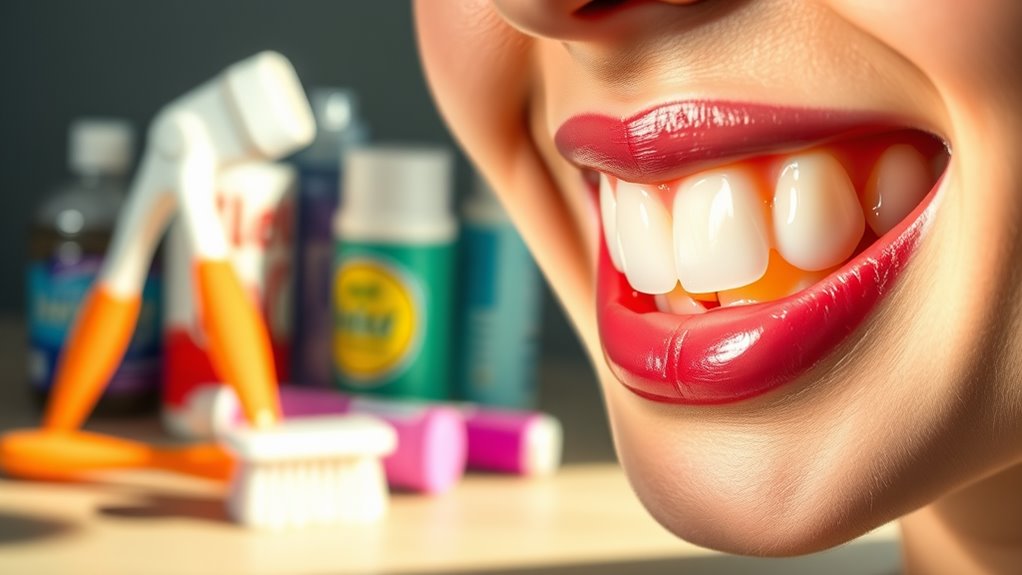Dentists Are Hiding This Simple Trick for Perfect Oral Hygiene!
You’ve likely been following your oral hygiene routine the same way for years, but what if you’re doing it in the wrong order? While dentists recommend brushing, flossing, and rinsing, the sequence of these steps matters more than you’d think. The timing and order of your dental care can significantly impact how well your teeth absorb fluoride and fight cavities. Let’s uncover the science-backed sequence that’ll transform your smile.
The Hidden Science Behind Proper Dental Care Sequence
While many people brush their teeth without much thought, the sequence of your oral care routine can significantly impact its effectiveness. The secret oral hygiene trick lies in understanding the optimal order of your dental care steps.
You’ll want to start with flossing to loosen debris between teeth, making subsequent cleaning more effective.
Next, rinse your mouth with water to flush out the loosened particles.
Then comes the critical step most people get wrong – brushing. You should brush for two minutes using fluoride toothpaste, focusing on all surfaces of your teeth.
The innovative part? Wait 30 minutes before using any mouthwash. This delay allows the fluoride from your toothpaste to fully interact with your enamel, maximizing its protective benefits. Additionally, this waiting period allows saliva to neutralize acids, which is crucial for protecting your dental health.
If you use mouthwash immediately after brushing, you’ll wash away the concentrated fluoride before it can work its magic.
Why Traditional Oral Care Routines May Be Working Against You
Although well-intentioned, many common oral care habits can actually undermine your dental health goals. You might think you’re doing everything right by brushing immediately after meals, using the hardest bristles available, and rinsing your mouth right after brushing. However, these traditional practices can do more harm than good.
Modern dental science reveals that several conventional wisdom practices are counterproductive:
- Brushing right after acidic foods or drinks erodes weakened enamel
- Using hard-bristled toothbrushes damages gum tissue and wears down tooth surfaces
- Rinsing immediately after brushing washes away protective fluoride compounds
The key is timing and technique, not aggressiveness. Instead of following outdated routines, wait 30 minutes after eating to brush, choose soft bristles, and simply spit out excess toothpaste without rinsing. This waiting period allows saliva to neutralize acids, promoting better enamel health.
These evidence-based adjustments will revolutionize your oral care routine and deliver superior results compared to traditional methods.
The Perfect Order: Timing Your Dental Care Steps
Since proper timing can make or break your oral care routine, it’s crucial to understand the optimal sequence of dental care steps. You’ll maximize effectiveness by following a strategic order that protects your enamel and ensures thorough cleaning.
| Time of Day | First Step | Follow With |
|---|---|---|
| Morning | Floss | Brush, then rinse |
| After Meals | Water rinse | Wait 30 min to brush |
| Evening | Floss | Brush, no rinse |
Breaking traditional habits, you’ll want to floss before brushing – this allows the fluoride in your toothpaste to better penetrate between teeth. Wait at least 30 minutes after eating before brushing to protect your enamel, especially after acidic foods. In the evening, skip the final rinse to let the fluoride continue working overnight. This sequence revolutionizes your oral care by working with your body’s natural processes rather than against them. Additionally, remember that brushing twice a day is essential for oral health, with consistency key to preventing plaque buildup.
Making the Most of Your Daily Dental Products
Ever wonder why some people get better results from the same dental products you use? It’s not just about having the right tools – it’s about maximizing their effectiveness through proper technique and timing.
To supercharge your dental products’ performance, focus on these game-changing strategies:
-
Store your toothbrush upright and uncovered to prevent bacterial growth, and replace it every 3 months or sooner if bristles are frayed.
-
Apply toothpaste to dry bristles instead of wet ones – this prevents dilution and ensures maximum contact with your teeth.
-
Wait 30 minutes after using whitening products before consuming colored foods or beverages. Additionally, timing is crucial for effective brushing, so make sure to prioritize your dental schedule.
Don’t waste money on premium products if you’re not using them correctly. For instance, mouthwash becomes more effective when you swish vigorously for a full 30 seconds, targeting different areas of your mouth.
Similarly, flossing works best when you curve the string around each tooth in a C-shape, rather than just sliding it up and down.
